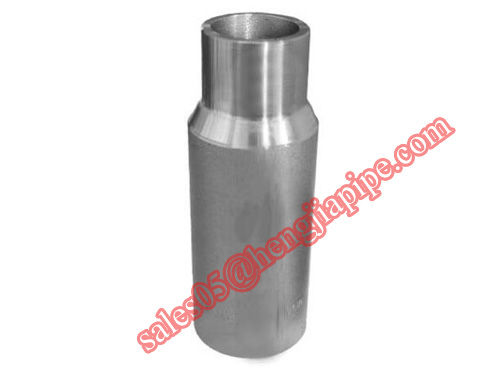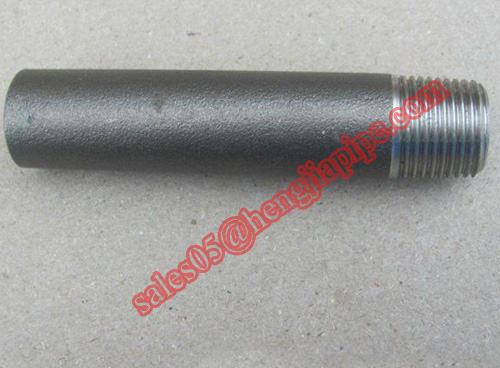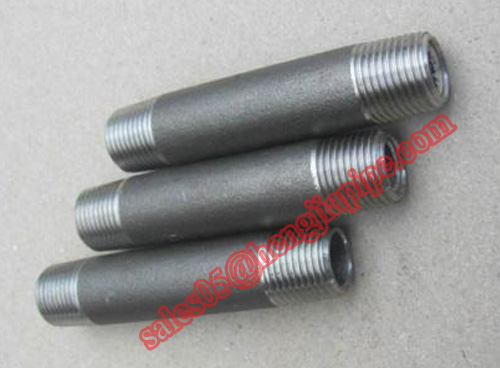Chlorine dioxide dosing device
"Product advantages"
Chlorine dioxide has been classified by the World Health Organization (WHO) as a Class A1 safe and effective disinfectant and has been recognized by the U.S. Food and Drug Administration (FDA) and the U.S. Environmental Protection Agency (EPA) as ideal bactericides for sterilization.
1. The bactericidal ability is strong, the oxidation capacity is 2.6 times that of chlorine, and the sterilization effect is about 5 times that of hypochlorous acid.
2. The use of low cost, small odor, activation rate of up to 95%, activation speed.
3. Broad-spectrum sterilization, rapid killing of various bacteria, fungi, viruses, protists, algae and Jiadian spores, cryptospores and spores forming bacteria; rapid removal, degradation of iron and manganese, phenols, sulfides, and other harmful substance.
4. There is no "triple effect", non-toxic, harmless, no residue, no skin irritation.
5. The pH value can be applied to a wide range, no organic chlorides are produced, and no trihalomethane or the like is formed.
6. Safe and efficient, strong stability, convenient transportation.
1. It can replace various commonly used chlorine preparations (such as sodium hypochlorite, "84" disinfectant, excellent chlorine, etc.), quaternary ammonium salts, peracetic acid, hot water and steam.
2. Disinfection, preservation and bleaching of space, equipment, personnel, and appliances of processing enterprises such as food, pharmaceuticals, meat products, and dairy products.
3. Disinfection, removal of algae, iron and manganese in drinking water, tap water, surface water, groundwater, production water, etc.
4. Prevention and elimination of public environments, medical systems, and infectious disease areas.
5. Aquaculture, industrial water, cooling water, waste water, petroleum engineering and other water treatment.
6. Disease prevention of agricultural products, soil, greenhouse sterilization, fresh fruits and vegetables.
The chlorine content of chlorine-containing disinfectants does not refer to the chlorine content, but refers to the oxidation capacity of the disinfectant equivalent to how much chlorine is oxidized. That is, with a certain amount of chlorine-containing disinfectant and acid, when the reaction is completed, its oxidation capacity is equivalent to how much weight of chlorine oxidation capacity. Therefore, the available chlorine content can reflect the oxidizing capacity of chlorine-containing disinfectants. The higher the effective chlorine content, the stronger the disinfection ability of the disinfectant, and vice versa, the disinfecting ability is weak.
1. Cleaning: Cleaning is the prelude to disinfection. If the surface is not “cleanedâ€, the disinfectant cannot fully function and will not reach the expected disinfection effect. Cleaning also removes some of the microorganisms on the surface of the item and reduces the amount of disinfectant used.
2. Disinfectant dose: Disinfection dose is the basic condition for killing microorganisms. It includes both disinfection intensity and time. Disinfection intensity refers to the concentration of disinfectant used during chemical disinfection. The intensity and time of disinfection are directly proportional to the disinfection effect. In certain circumstances, to achieve the desired disinfection effect, there must be two parameters of the corresponding disinfectant strength and time. In general, increasing the strength of the disinfecting treatment can increase the speed of disinfecting accordingly; increasing the disinfecting time can also appropriately reduce the disinfecting intensity. Of course, if the disinfection intensity is reduced to a certain degree, the disinfection purpose cannot be achieved even if the time is extended.
3. The type and quantity of microorganisms: The types of microorganisms are different, and the effect of their disinfection is naturally different. In addition, the number of microorganisms will also affect the disinfection effect, so consider the type and amount of microbial contamination before disinfection. In general, the stronger the resistance of microorganisms, the more serious the pollution is, and the more difficult it is to disinfect.
4. Temperature and Humidity: In general, the higher the temperature, the better the effect, both in physical and chemical disinfectants. High or low humidity can affect the disinfection effect, generally 45-80% disinfection effect is better. (UV disinfection is better than 60%).
5. PH value: general bactericidal effect is good under acidic conditions. However, some steroids and quaternary ammonium compounds have good bactericidal effects in alkaline environments.
"Product advantages"
Chlorine dioxide has been classified by the World Health Organization (WHO) as a Class A1 safe and effective disinfectant and has been recognized by the U.S. Food and Drug Administration (FDA) and the U.S. Environmental Protection Agency (EPA) as ideal bactericides for sterilization.
1. The bactericidal ability is strong, the oxidation capacity is 2.6 times that of chlorine, and the sterilization effect is about 5 times that of hypochlorous acid.
2. The use of low cost, small odor, activation rate of up to 95%, activation speed.
3. Broad-spectrum sterilization, rapid killing of various bacteria, fungi, viruses, protists, algae and Jiadian spores, cryptospores and spores forming bacteria; rapid removal, degradation of iron and manganese, phenols, sulfides, and other harmful substance.
4. There is no "triple effect", non-toxic, harmless, no residue, no skin irritation.
5. The pH value can be applied to a wide range, no organic chlorides are produced, and no trihalomethane or the like is formed.
6. Safe and efficient, strong stability, convenient transportation.
1. It can replace various commonly used chlorine preparations (such as sodium hypochlorite, "84" disinfectant, excellent chlorine, etc.), quaternary ammonium salts, peracetic acid, hot water and steam.
2. Disinfection, preservation and bleaching of space, equipment, personnel, and appliances of processing enterprises such as food, pharmaceuticals, meat products, and dairy products.
3. Disinfection, removal of algae, iron and manganese in drinking water, tap water, surface water, groundwater, production water, etc.
4. Prevention and elimination of public environments, medical systems, and infectious disease areas.
5. Aquaculture, industrial water, cooling water, waste water, petroleum engineering and other water treatment.
6. Disease prevention of agricultural products, soil, greenhouse sterilization, fresh fruits and vegetables.
The chlorine content of chlorine-containing disinfectants does not refer to the chlorine content, but refers to the oxidation capacity of the disinfectant equivalent to how much chlorine is oxidized. That is, with a certain amount of chlorine-containing disinfectant and acid, when the reaction is completed, its oxidation capacity is equivalent to how much weight of chlorine oxidation capacity. Therefore, the available chlorine content can reflect the oxidizing capacity of chlorine-containing disinfectants. The higher the effective chlorine content, the stronger the disinfection ability of the disinfectant, and vice versa, the disinfecting ability is weak.
1. Cleaning: Cleaning is the prelude to disinfection. If the surface is not “cleanedâ€, the disinfectant cannot fully function and will not reach the expected disinfection effect. Cleaning also removes some of the microorganisms on the surface of the item and reduces the amount of disinfectant used.
2. Disinfectant dose: Disinfection dose is the basic condition for killing microorganisms. It includes both disinfection intensity and time. Disinfection intensity refers to the concentration of disinfectant used during chemical disinfection. The intensity and time of disinfection are directly proportional to the disinfection effect. In certain circumstances, to achieve the desired disinfection effect, there must be two parameters of the corresponding disinfectant strength and time. In general, increasing the strength of the disinfecting treatment can increase the speed of disinfecting accordingly; increasing the disinfecting time can also appropriately reduce the disinfecting intensity. Of course, if the disinfection intensity is reduced to a certain degree, the disinfection purpose cannot be achieved even if the time is extended.
3. The type and quantity of microorganisms: The types of microorganisms are different, and the effect of their disinfection is naturally different. In addition, the number of microorganisms will also affect the disinfection effect, so consider the type and amount of microbial contamination before disinfection. In general, the stronger the resistance of microorganisms, the more serious the pollution is, and the more difficult it is to disinfect.
4. Temperature and Humidity: In general, the higher the temperature, the better the effect, both in physical and chemical disinfectants. High or low humidity can affect the disinfection effect, generally 45-80% disinfection effect is better. (UV disinfection is better than 60%).
5. PH value: general bactericidal effect is good under acidic conditions. However, some steroids and quaternary ammonium compounds have good bactericidal effects in alkaline environments.
Forged nipple
Pipe nipple is used to connect two pieces of pipeline. There are reducing nipple and threaded short nipple. Some people call reducing nipple as swage nipple. Similar to pipe reducer, the type of swage nipple is concentric swage nipple and eccentric swage nipple. Manufacture of reducing nipple is MSS SP-95.

Threaded nipple is one kind of forged NPT fittings, if only one end is threaded, it is single end threaded nipple. Both ends are threaded, it is double end threaded nipple.

Threaded nipple. One end is threaded, the other end is plain.

Nipple Fitting,Swage Nipple,Pipe Nipple,Carbon Steel Nipple
CANGZHOU HENGJIA PIPELINE CO.,LTD , https://www.hj-pipeline.com